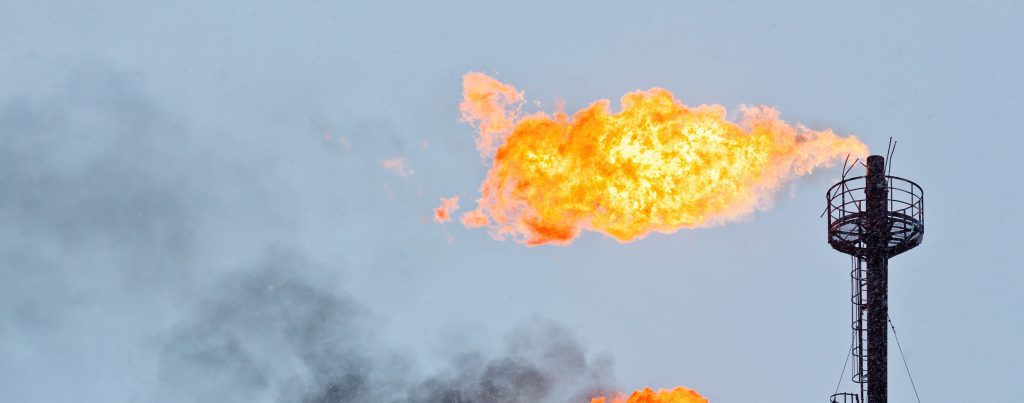The day after President Obama was elected in 2008, the Canadian government announced that it would match U.S. action on climate change. That promise has been reiterated many times over the last six years by Canada’s Prime Minister and cabinet members.
As the U.N. climate summit in Lima heads into its final days with Canada’s Environment Minister Leona Aglukkaq in Canada’s negotiating chair, the minister is being asked again about Canada’s position on climate change. The only conclusion that can be drawn from her answers is that the Canadian government’s past promises on climate were empty.
If it were to honour those promises, here’s what the government would be doing:
Step 1: Regulating the nation’s largest polluter. If one wants to solve a problem, a logical approach is to figure out the biggest cause of that problem and address it. For American carbon pollution, that’s coal-fired power plants. President Obama, faced with a Congress that was unable to pass legislation that would cap carbon pollution from carbon-belching coal plants and other sources, decided instead to do the job using existing legislation and the Environmental Protection Agency.
If we were following suit, we’d address Canada’s largest and fastest growing source of carbon pollution – the oil and gas sector, with the tar sands being the main culprit. Canadians have been repeatedly promised by the federal government that pollution from the tar sands would be regulated. We have been told by government officials that the regulations have been drafted. When Minister Aglukkaq was asked if the regulations would be passed soon, the minister said they might be introduced before the Paris summit next year, when the U.N. negotiations will culminate in a global agreement on climate change. So maybe the Canadian government will have tabled already-drafted oil and gas regulations by then. After six years of broken promises, we’re not holding our breath.
Step 2: Achieving 2020 carbon commitments. Because President Obama has decided to regulate coal plants, introduced fuel efficiency standards for vehicles, updated over a dozen energy efficiency standards for equipment and appliances, and funded clean energy technologies, the U.S. government is now on track to meet its 2020 commitment on greenhouse gas pollution. It may even surpass it.
According to both Canada’s environment commissioner and Environment Canada, our federal government will miss its 2020 carbon reduction target by over 100 million tonnes of carbon dioxide. That’s the equivalent of the pollution from 25 million cars. (Yes, that’s how far off the government is.)
Remember too that Canada’s 2020 target is the one that the federal government weakened to match the U.S. commitment. Moreover, Canada’s environment commissioner recently found that the Canadian government does not even have a framework to undertake climate change initiatives. The minister’s response when asked about being so far off-track? “A lot can happen in between now and 2020.” Well sure, but carbon emissions won’t magically disappear. Unless the government acts, emission increases from Alberta’s tar sands alone are predicted to cancel out emission reductions in other provinces.
Step 3: Setting more ambitious post-2020 climate change goals. With the China agreement, the U.S. has now made commitments for 2025 that will accelerate its climate change action. Though the U.S. goal is weaker than the European one and much weaker than what science shows is necessary, carbon emissions in the U.S. will nonetheless drop more than twice as quickly after 2020 compared to the period up until 2020.
Would Minister Aglukkaq commit Canada to the same level of action? Her answer: only if it makes sense for Canada to do that. Now wait a second. For six years, Canadians have been told by the government that Canada would do what President Obama did. What changed? Has the U.S. administration been able to go further than our federal government thought it could? Does the federal government realize that Canada is now three major steps behind the U.S., despite our government’s promises to act in lock-step with the Americans? Is the Canadian government now looking around for a bigger climate change laggard to tie itself to?
Our environment minister should answer these questions. And so should the Prime Minister.







